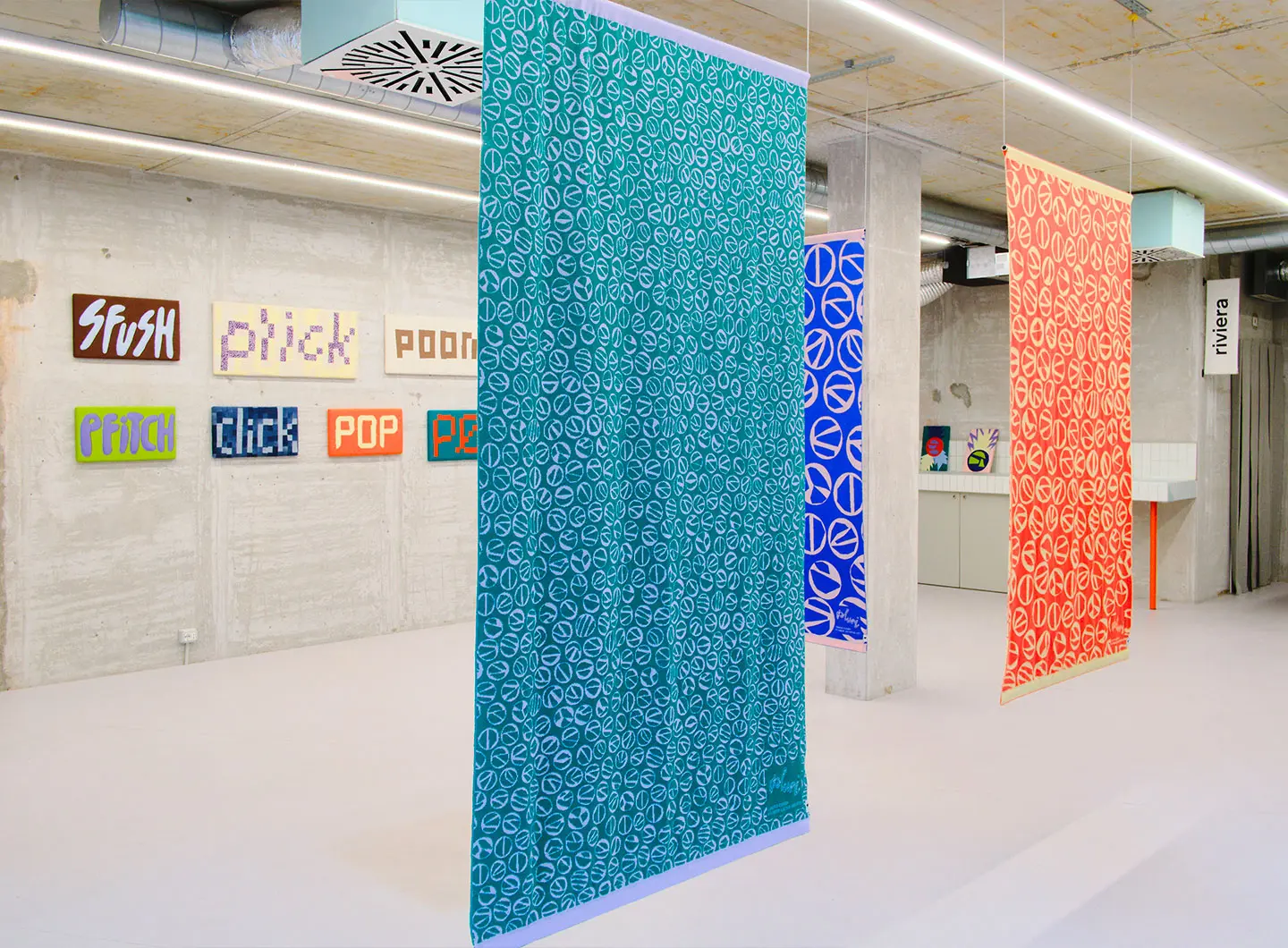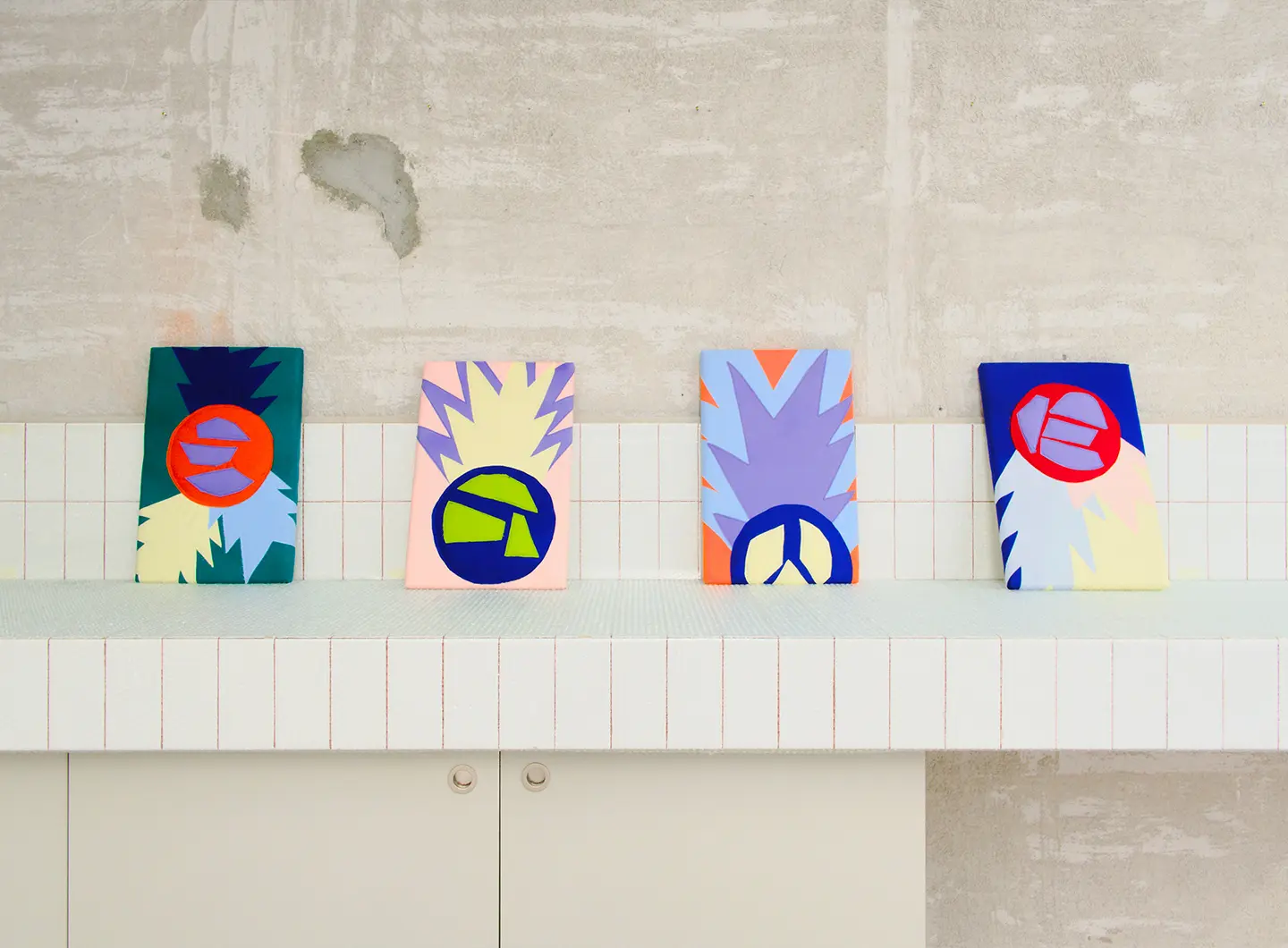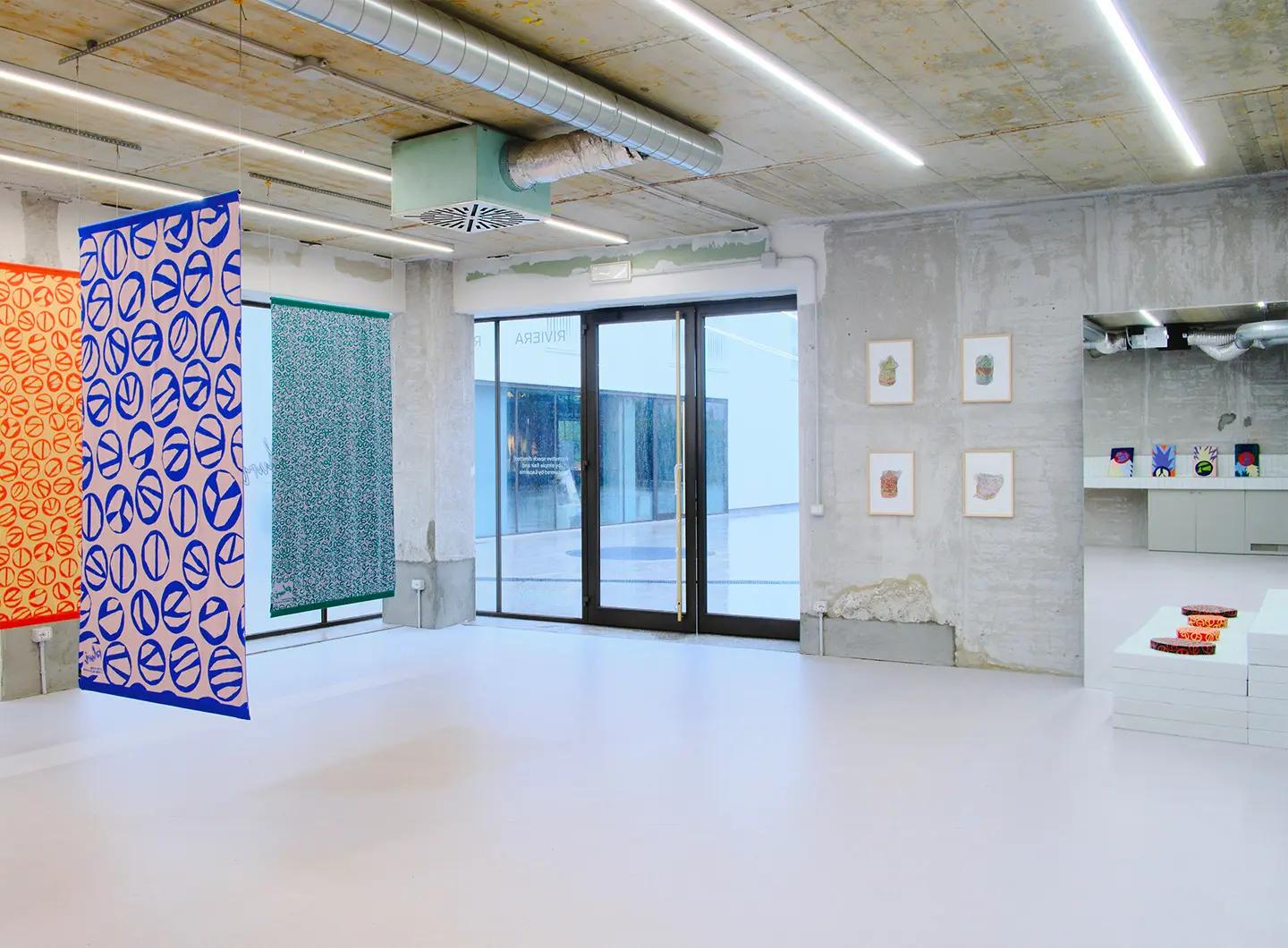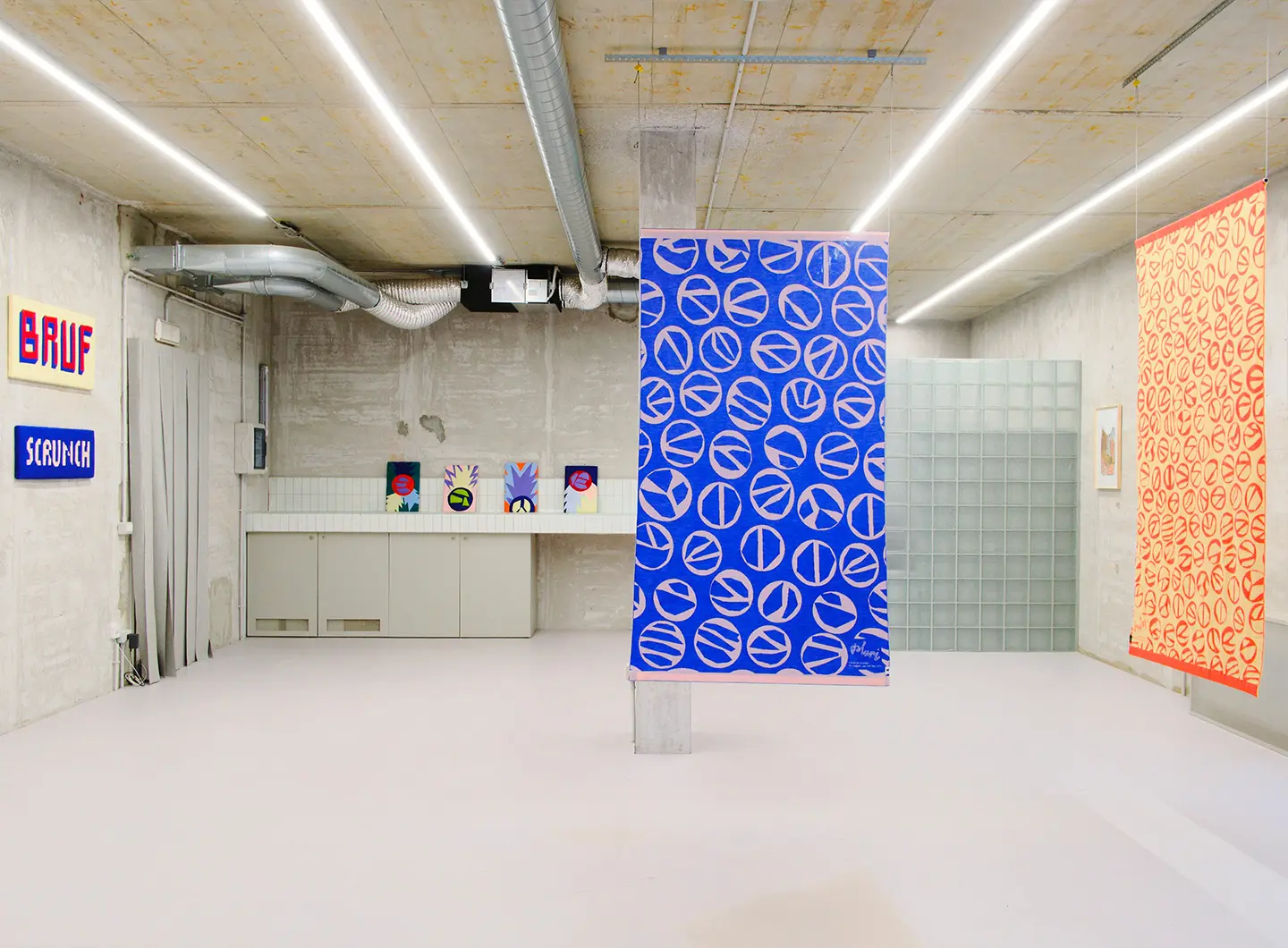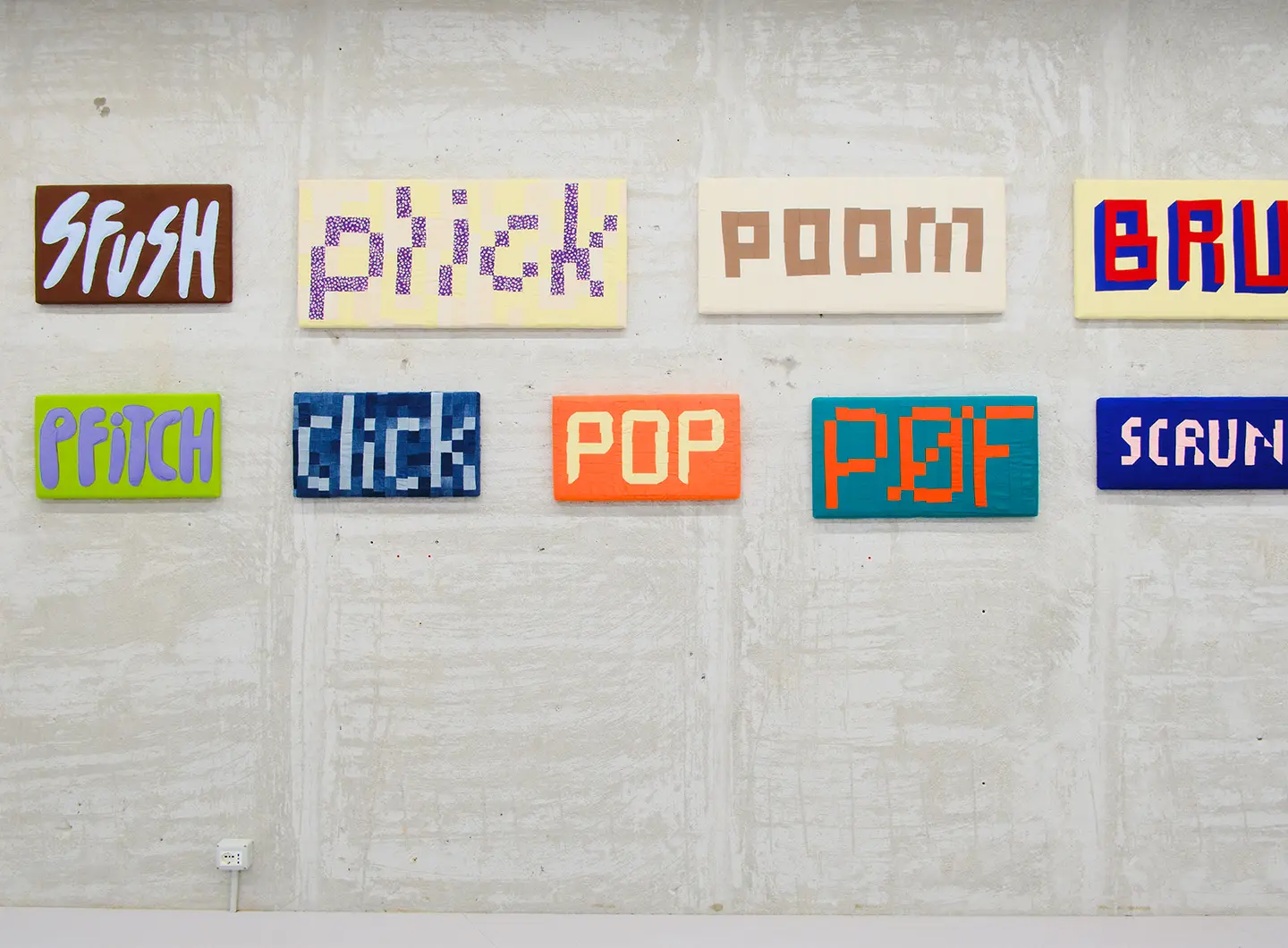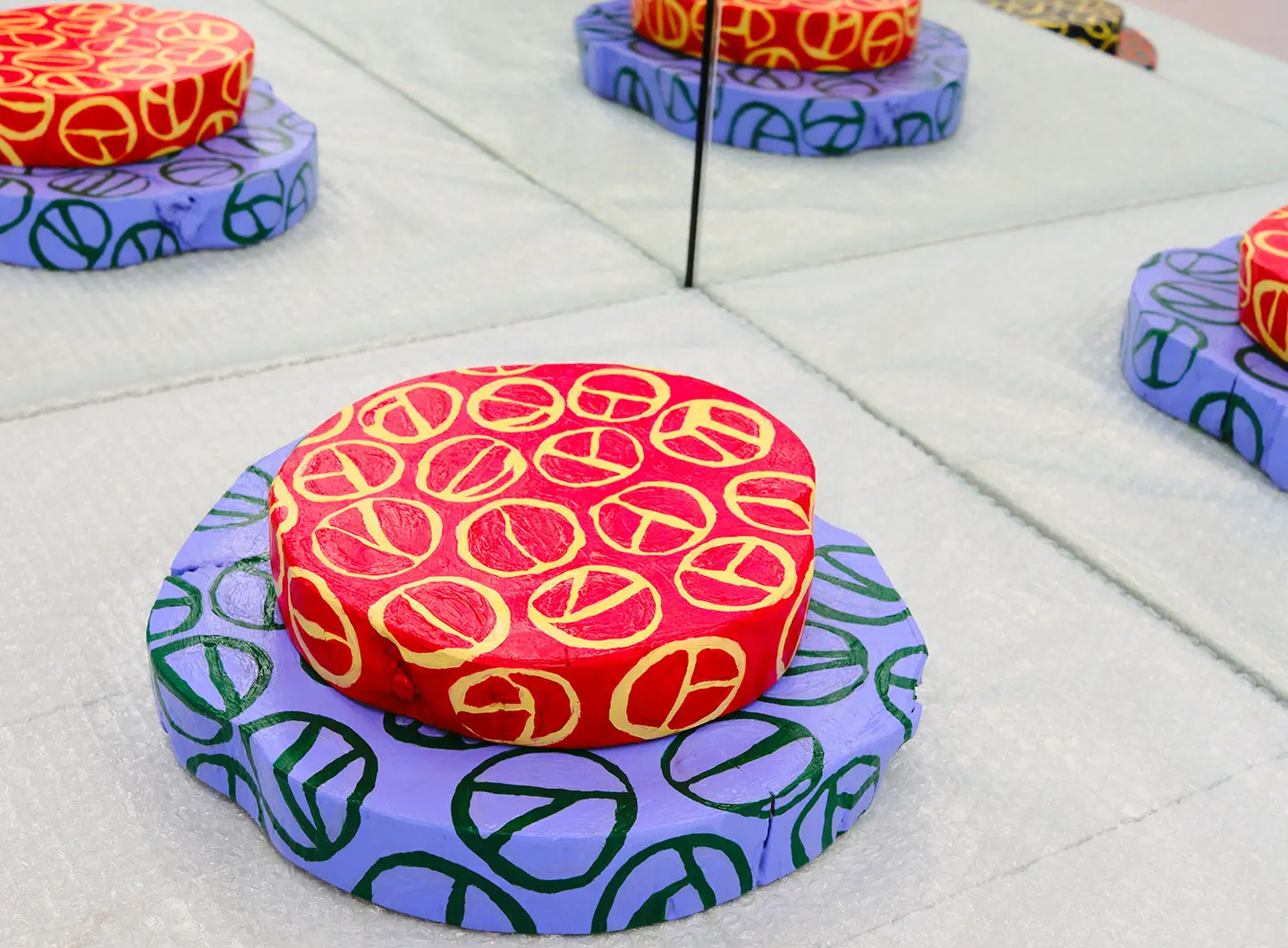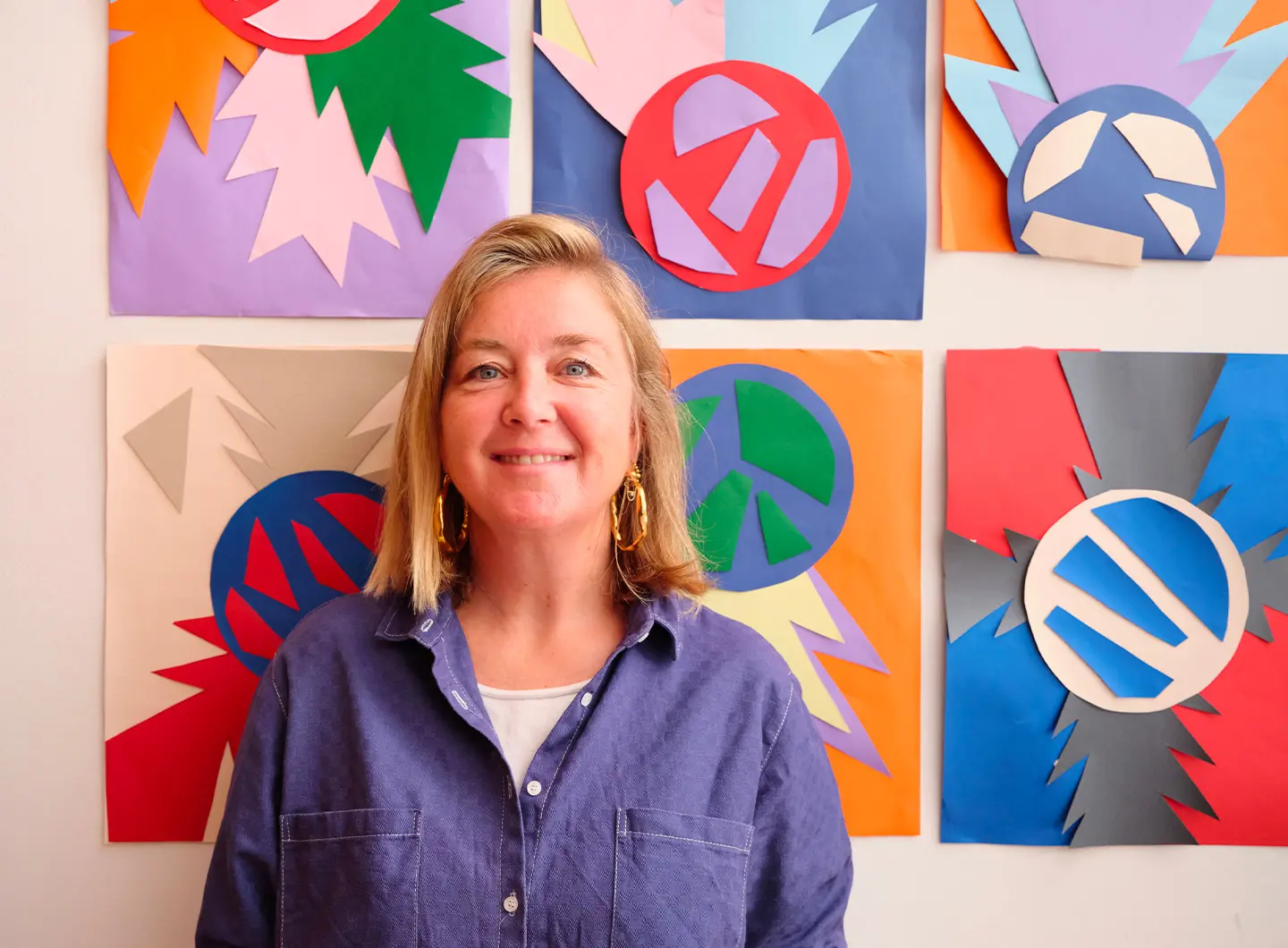In partnership with MiCodmc, a selection of establishments ripe for discovery during the 63rd edition of the Salone del Mobile.Milano, from 8th to 13th April
Joy design: a conversation with Maria Walter Nielsen
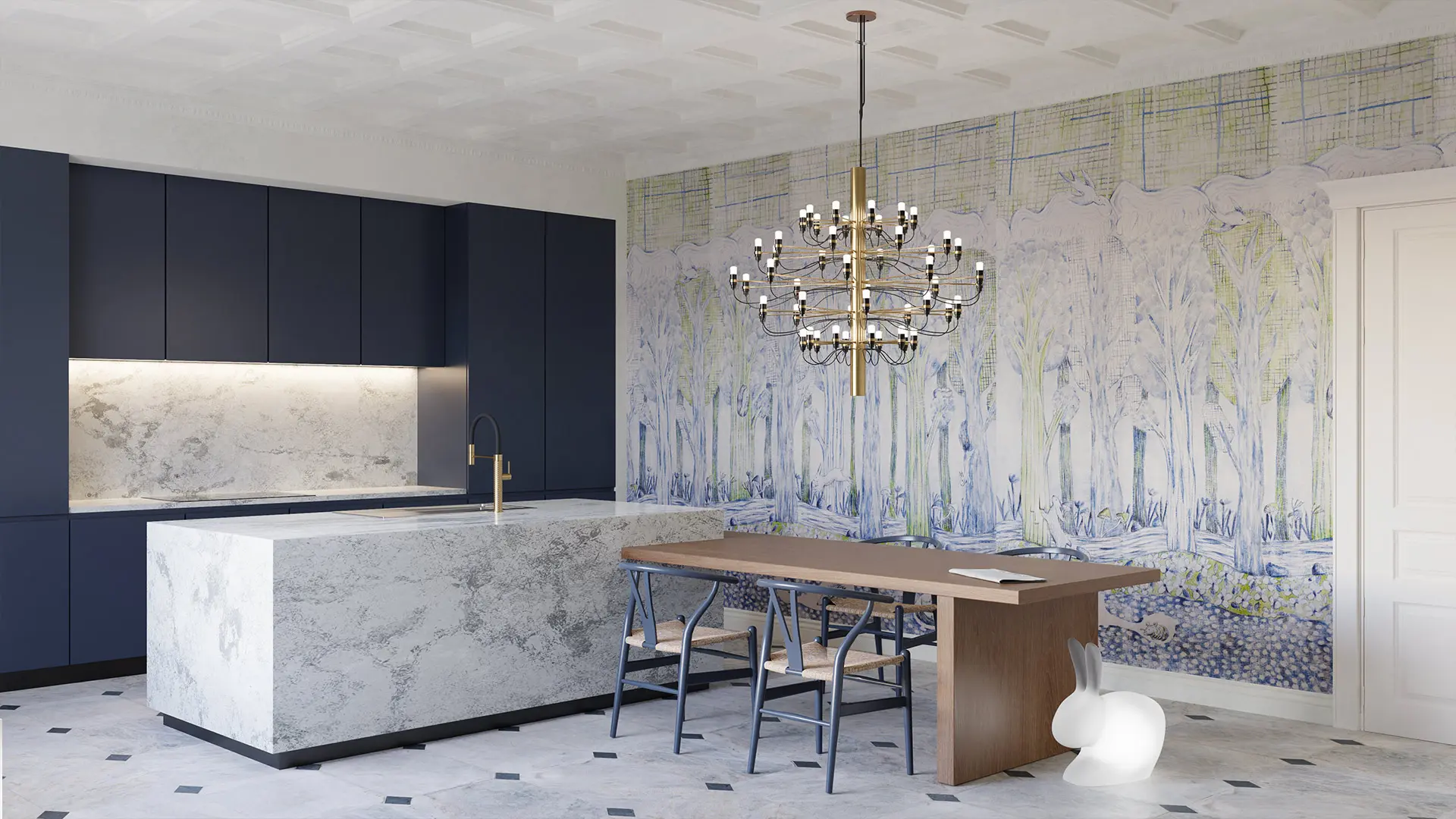
Scov, Fabscarte, Maria Walter Nielsen - Ph. Monica Spezia, LivingInside
The Danish designer’s hallmark is fairytale graphic patterns and fragments of memory. Together they lay bare her story
A cosmopolitan network of relationships, a passion for silkscreen printing and instinctive fascination with pop atmospheres: the design world of Maria Walter Nielsen is a real metaverse of colours and portrayals and textiles that conjure up memories of a happy childhood. Danish by birth and Italian by adoption, she has lived in Milan since 2005: “I studied graphics in Denmark, before getting into the fashion industry world” with collaborations with Replay Jeans, Armani and Arthur Arbesser, “I graduated from the Bauhaus-Universität Weimar” in Thüringen, where she met Marco (Sammicheli). Husbands should never come under discussion in their partners’ professional narratives, but the Director of the Italian Design Museum is a ‘significant’ personage, and it’s worth underscoring that Maria’s authorial approach instantly dispels any potential doubts about her talent from the first pattern onwards. Strongly rooted in her native culture, with a keen eye and an open outlook on the world, Maria works with paper and oil pastels, ink and Merino wool, weaving a world of fairytales on the body and in the home: “mysterious and enchanted places where young and old are free to lose and then find themselves.” Her work proceeds through flashbacks – she draws on the past to conjure up a happy present, free of pitfalls.
This is fleshed out in Slice of Happiness, the first exhibition held bang in the middle of the pandemic in the micro-space of the Meme Gallery. “It was 2020”, a year after the opening of her studio, “and with 50 or so portrayals of figs, broccoli and various proteins,” the food that had accompanied lunches and suppers during lockdown. “I plastered the handful of square metres of the Milanese gallery” – rather than a foray into food, the display was a paean to conviviality “and a reminder of a family ritual retrieved at a time of great collective fragility.” Every drawing tells the story of a quasi-Mediterranean diet, but one in which the calories and colours are well balanced: “the pattern is what came out of slicing fruit, vegetables and saturated fats,” a play of physical and conceptual explorations transforming the table into a playground.
It’s not easy to divine which figures in modern and contemporary movements and figures Maria is inspired by. Certainly her indiscriminate use of colour could be reminiscent of the Memphis atmospheres, but it is Sista Corita Kent who is her reference figure: a Sixties American painter, graphic artist, nun and teacher, who used silkscreen printing as a medium for civil rights propaganda, the feminist movement and against the war in Vietnam. From activism to pedagogy: “Maurice Sendak’s Where the Wild Things Are (Harper&Row, 1963) is my third source of inspiration,” a book much loved not just by children, and an American literary classic, “The Scov (which means forest in English) wallpaper collection for Fabscarte was inspired by that book – I loved the idea of bringing a forest into a room. So we worked with the Milanese workshop using ancient techniques paper and colours to produce fun and joy. And to get a handle on my memories.”
Maria grew up in a commune in a north Copenhagen district, midway between a forest and the sea, where she spent many happy years. “We all did things for everyone: we cooked, we sewed, we built for the community. The habit of ‘making things by hand’ remained imprinted in my creative DNA,” manual skills that have matured over time to take centre stage at just the right time. “Pluri, the exhibition that opened at the Riviera Creative Space towards the end of 2023 is the synthesis of all the reflections shared thus far: memories and dexterity, colour and happiness, community and cross-pollinations,” the values of mature, rounded design.
Like Pluri: “Pluri as in ‘pluriball’ (a material made from polyethylene and air, known as ‘bubblewrap’ in English) used in packaging, and which, translated from the Latin, signifies ‘many’ and ‘varied’ ways of looking at and interpreting an object, a place, a situation.” Pluri are the many ways in which stories can be told: Pluri is a graphic pattern for tapestries and blankets (woven by Lanificio Leo), but also the subject of unusual ‘still lifes.’ Pluri is the technical padding for ball chairs, but is also an improper musical instrument. Pluri is the irrepressible knee-jerk reaction of fingers popping the bubbles in bubblewrap to release the air: “Click, pof, sfush are just some of the words I’ve chosen to visualise the noise they make as they burst. We all hear in different ways,” the designer concluded. Because sound, just like light, like perfumes and like the touch of a hand as it caresses a surface, has different levels: the more differently it’s perceived, the more differently it comes across. For Maria Walter Nielsen too, when it comes down to it, designing is above all a question of listening.


 Stories
Stories
